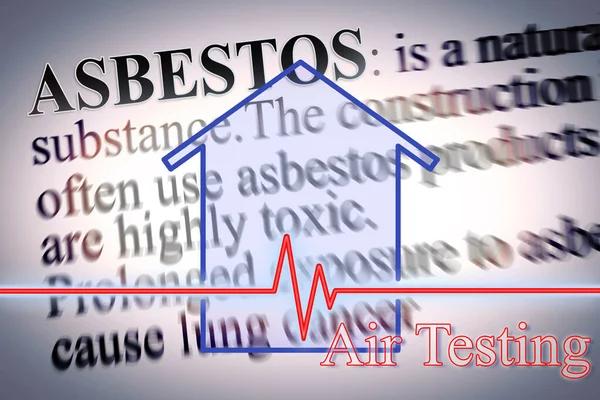How to Prepare Your Home for Professional Asbestos Testing
Preparing your home for professional asbestos testing is a crucial step in ensuring the safety of its occupants and maintaining the integrity of the testing process. Asbestos, once widely used in construction materials due to its durability and heat resistance, can pose serious health risks when disturbed or damaged. Hiring professionals to test for asbestos is an essential measure if you suspect its presence in your home. Proper preparation not only ensures accurate results but also minimizes potential exposure during the inspection.
The first step is to identify areas of concern within your home. Asbestos-containing materials (ACMs) are commonly found in insulation, roofing shingles, floor tiles, textured ceilings, and pipe wraps installed before the late 1980s. If you notice any signs of wear or damage—such as cracks, fraying edges, or crumbling surfaces—it’s important to communicate this information to the testing team beforehand.
Before scheduling a professional visit, clear access to areas that will be inspected. Remove furniture and personal belongings from rooms where ACMs may be present so that testers can work efficiently without obstructions. This step also reduces The Hidden Dangers of Asbestos: What Your Survey Could Reveal contamination should any fibers become airborne during sampling.
It’s critical not to disturb suspected asbestos-containing materials prior to testing. Avoid scraping, sanding, drilling into walls or ceilings, or attempting DIY removal under any circumstances. Disturbing these materials can release microscopic asbestos fibers into the air—a significant health hazard if inhaled.
On the day of testing, ensure all household members and pets vacate the premises during sampling procedures unless otherwise advised by professionals. This precaution limits potential exposure while allowing inspectors to perform their duties safely and effectively.
Additionally, keep doors closed between rooms that do not require inspection and turn off HVAC systems temporarily if requested by testers; this prevents airflow from spreading particles throughout your home during sampling activities.
Lastly, choose certified professionals with specialized training in handling asbestos-related tasks. Verify their credentials and inquire about their methodology for collecting samples safely while adhering to regulatory guidelines.
By taking these preparatory steps seriously—identifying problem areas; clearing spaces; avoiding disturbance; following safety precautions on test day; and hiring qualified experts—you contribute significantly toward safeguarding both yourself and others from potential hazards associated with asbestos exposure while facilitating an efficient evaluation process within your home environment.





0